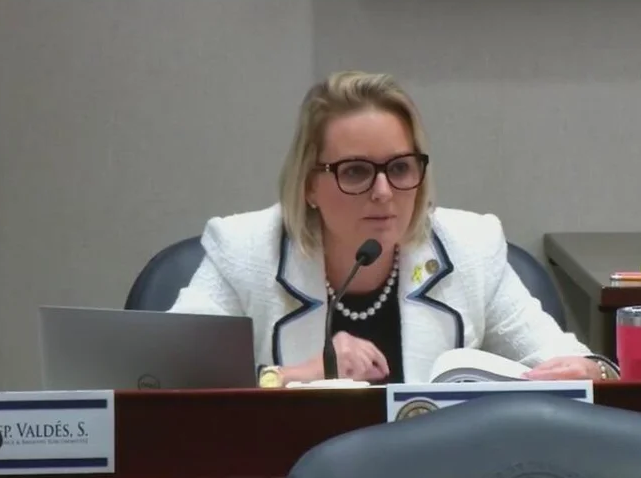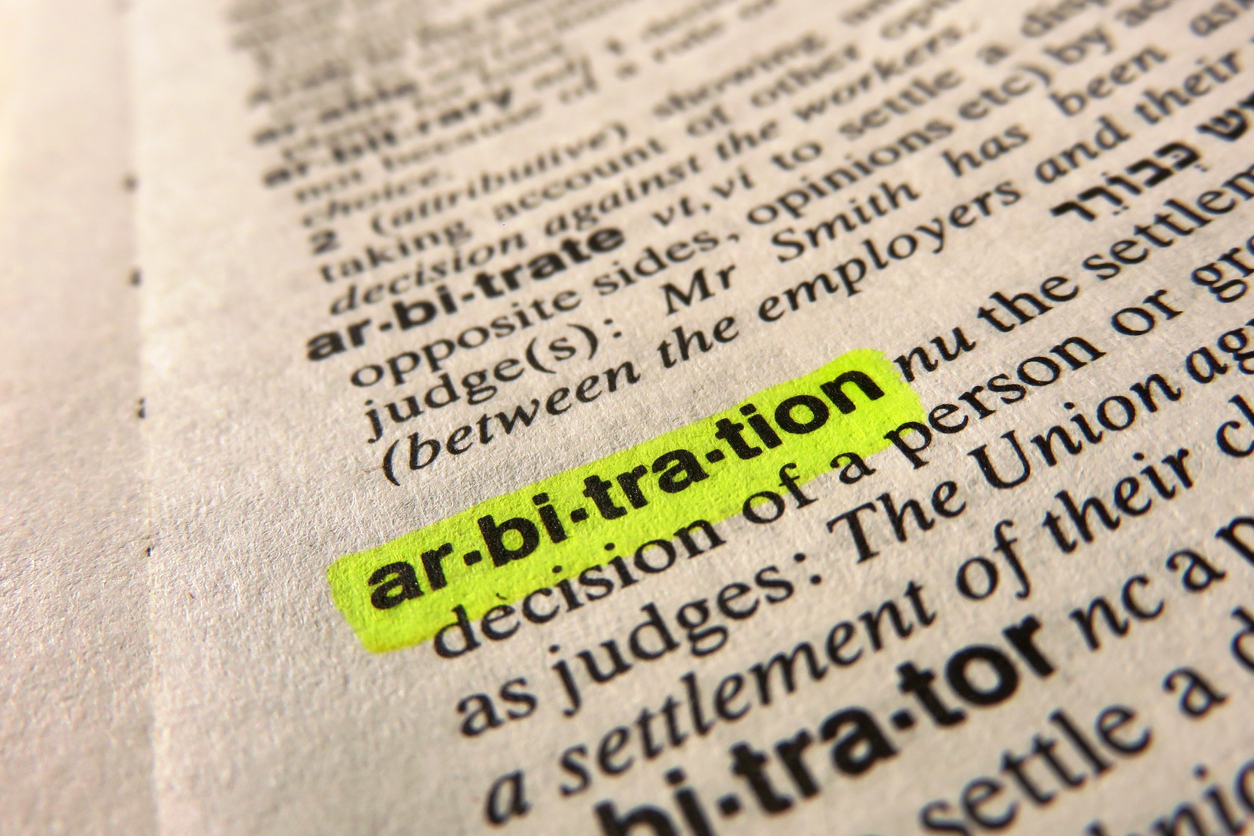It has been over 30 years since Florida lawmakers enacted section 624.155, which was designed to provide a civil remedy when an insurer fails to settle their policyholder’s claim in good faith or commits any one of the unfair claims handling practices identified in section 626.9541(1)(i). Yet, to this day, questions still arise on one basic question: When is an insured legally entitled to bring a civil action against their property insurance carrier for failing to meet its statutory obligations?
Three elements must be alleged in order to bring this type of civil action, often referred to as a “bad faith” action:
- That the insured provided notice to the carrier pursuant to section 624.155(3);
- there has been a determination of liability for coverage; and
- there has been a determination as to the extent of the insured’s damages.1
The notice requirement effectively gives the insurance carrier a 60-day period to do the right thing and avoid any civil liability for the alleged misconduct – that is, if the insurer “cures” the claimed statutory violations by paying the benefits owed under the contract within this time period, then the insured cannot bring a civil action for the alleged bad faith. But you may be asking yourself: “Well, what does a ‘determination of liability for coverage and extent of the insured’s damages’ even mean?” To understand the “what,” you first must understand the “why.”
The reasoning behind these elements has been addressed by several Florida courts, including the supreme court in Imhof,2 and more recently by the Fourth District Court of Appeal in Cammarata.3 In short, these decisions explain that the purpose of these last two elements is to demonstrate that the insured “had a valid claim.” Why? Because to allege that an insurer failed to settle a claim in good faith, it must first be shown that the insurer did ultimately owe benefits under the policy and that amount was not paid in the 60 days following the filing of the notice. Although one way to satisfy this element is to show the determination was made through litigation, courts have recognized other means of demonstrating the determination that the insured had a “valid claim” – for example, the entry of an appraisal award (as was the case in Cammarata) or arbitration (as was the case in Imhof).
The Fifth District Court of Appeal recently issued an opinion4 concluding that a voluntary unconditional payment of the homeowner’s policy limits also satisfies the “determination of liability of coverage and extent of damages” elements of a bad faith action. The action stemmed from a 2009 claim for damage to the insured’s home as a result of sinkhole activity. Over the next four years, the policyholders repeatedly communicated concerns to their insurance carrier regarding the handling of their claim, including the effectiveness of the repairs recommended by the carrier’s experts and subsequently performed by the insured under protest. Eventually, on August 27, 2014, the insured filed a civil remedy notice under section 624.155, Florida Statutes, alleging that the insurer had failed to act with due diligence and good faith to resolve and pay the claim, among other unfair claims handling practices. The carrier paid nothing until April 10, 2015, when it conceded that the home could not be repaired and tendered the policy limits.
The policyholders filed a civil action under Sections 624.155 and 626.9541(1)(i) against their insurance carrier. The carrier successfully moved to dismiss the complaint, alleging that before a bad faith claim could be asserted the insured had to obtain an appraisal award, an arbitration award, or a judgment in an underlying breach of contract case, which they had not done. On appeal, however, the Fifth District Court of Appeal agreed with the insured’s position that the payment of the policy limits after the expiration of the 60-day “cure” period was the functional equivalent of a determination of liability and extent of damages. The appellate court reiterated it prior holdings, and the holdings of several other courts, that litigation is not the only means for an insured to obtain a determination of liability and full extent of their damages. The appellate court concluded the policyholder’s complaint adequately alleged the necessary elements to bring a bad faith cause of action.
The appellate court decision does not resolve the actual merits of the allegations of the insured’s complaint – the parties must now provide their respective positions on whether the insurance carrier’s conduct in this claim violated Florida Statutes. Still, the importance of the appellate court’s decision cannot be understated. It allows the policyholder the opportunity to have their day it court and prove their case on the merits. Just as importantly, it puts to rest the notion that insurance carriers can by-pass Sections 624.155’s “cure” period and avoid liability for unjustifiably withholding benefits if it eventually pays what is owed before the insured is forced to file suit.
______________
1 Vest v. Travelers Ins. Co., 753 So. 2d 1270 (Fla. 2000).
2 Imhof v. Nationwide Mut. Ins. Co., 643 So. 2d 617, 619 (Fla. 1994).
4 Cammarata v. State Farm Fla. Ins. Co., 152 So. 3d 606 (Fla. 4th DCA 2014).
3 Demase v. State Farm Florida Ins. Co., No. 5D16-2390 (Fla. 5th DCA Mar. 29, 2018).



